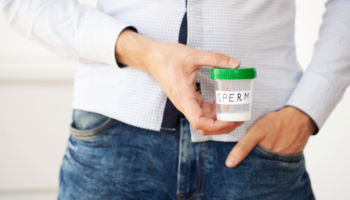Vaginal atrophy is the medical term for inflammation of the vagina and outer urinary tract. It’s caused by a lack of estrogen, which in turn causes thinning and shrinking of the vaginal tissues and reduced vaginal lubrication.
Vaginal atrophy is also known as atrophic vaginitis and urogenital atrophy in the medical community. The condition is also known commonly as vaginal dryness.
More About Vaginal Atrophy
Common symptoms of vaginal atrophy include genital soreness, itching, burning sensations, and white vaginal discharge which may smell bad if there’s an infection. Vaginal atrophy can make sex painful and even cause bleeding during or after intercourse. In some severe cases, vaginal atrophy can make intercourse impossible. Women experiencing vaginal atrophy also commonly feel pain when they urinate. They may need to urinate more often and experience incontinence. Blood in the urine is also common during vaginal atrophy. People with vaginal atrophy are also more susceptible to vaginal infections.
Vaginal atrophy is very common in older women, as the body produces less estrogen in the periods before and after menopause, known as perimenopause and post-menopause. Vaginal atrophy can also occur at other times when estrogen levels dip, including while breastfeeding a child or taking some medications. Women with immune disorders are also prone to vaginal atrophy.
Many women do not seek help for vaginal atrophy due to the stigma surrounding sexuality and aging. Doctors will perform a pelvic exam to rule out other conditions that can cause vaginal dryness before diagnosis vaginal atrophy.
Vaginal moisturizers and estrogen tablets and creams applied via the genitals can improve minor cases of vaginal atrophy. Enjoying regular sexual intercourse can also improve the problem. Water-based lubricants can make sex less painful for women with vaginal atrophy. Systemic hormone therapy can treat more severe cases of vaginal atrophy, but this carries some risks including a greater chance of deep vein thrombosis, pulmonary embolus, and uterine and breast cancers. Laser therapy can also improve the symptoms, especially for people who cannot take vaginal estrogen including cancer survivors.



